Consumers in Singapore have experienced a notable change in their banking habits, thanks to the rapid advancement of technology and the widespread adoption of digital platforms. Conventional banking channels, such as physical bank branches, are now being complemented and, in some cases, replaced by digital banking channels. Today, digital banking channels have emerged as powerful alternatives, reshaping how Singaporean consumers interact with their banks and manage their finances.
This article aims to provide insights into the banking preferences and behaviors observed among heavy digital traditional users, explicitly focusing on switching behavior, product appetite and uptake, and the factors influencing their choice of primary bank. Understanding the preferences of these two segments is essential for financial institutions to tailor their services and deliver seamless customer experiences in the modern retail banking landscape.

Defining the User Types in Digital vs Traditional Banking

One noticeable distinction between heavy digital and traditional users is their propensity to change their leading bank. RFI data shows that heavy digital users exhibit lower intention to switch their main bank than heavy traditional users, more so than the broader market. The seamless and user-friendly experiences offered by digital banking platforms foster loyalty among these tech-savvy customers. Conversely, heavy traditional users, who rely more on physical branches, may be more open to exploring alternative banking options, especially given the reduced capacity to use physical channels due to pandemic-related restrictions.
Product Adoption in the Digital vs Traditional Landscape

When it comes to embracing new products, heavy digital users are more likely to adopt new banking products than their traditional counterparts, which points to the more flexible nature of heavy digital users. Furthermore, the convenience and accessibility of digital platforms allow them to easily explore and integrate these new products into their financial routines. As technology advances, we can expect heavy digital users to be at the forefront of embracing innovative financial solutions, revolutionizing the banking landscape.


Heavy digital users display a distinct appetite for a broader range of banking products. They are likelier to hold credit cards and investments, indicating of their inclination towards wealth accumulation and diversified financial portfolios.
Additionally, heavy digital users are more interested in adopting term deposit accounts and investment products soon as compared to heavy traditional users, hinting at their intention to explore long-term savings and investment avenues. As digital banking evolves to accommodate more sophisticated financial instruments, heavy digital users will likely be early adopters, leveraging these offerings to enhance their economic well-being.
Choosing a Primary Bank: Digital vs Traditional Criteria

The factors influencing the selection of a main bank differ between the two segments. While traditional users prioritize branch proximity and exceptional customer service, heavy digital users place greater emphasis on recommendations from friends and family. The power of word-of-mouth and social networks in the digital era plays a pivotal role in shaping their banking choices and guiding the decision-making process of heavy digital users. Apart from recommendations, attractive interest rates, advanced digital banking capabilities, and incentives and rewards are more critical to heavy digital users than traditional users.
Virtual Banks: A Digital vs Traditional Case Study
As the banking landscape evolves, Singapore witnesses a significant shift towards digital-only platforms.
The Rise of Virtual Banks in Singapore
Three digital-only retail banks were launched in Singapore in 2022 – Grab Holdings and Singtel’s GXS Bank, Standard Chartered and Fairprice Group’s Trust Bank, and Sea Group’s MariBank. With 98% of Singapore’s adult population holding bank accounts, virtual banks face stiff competition from traditional players that have a strong presence in an already saturated banking environment. Unlike traditional banks that grapple with outdated systems, these agile virtual banks aren’t burdened by the costs of physical branches and ATMs. This allows them to capitalize on their lower acquisition and service costs to attract customers.
Incentives and Technological Advancements Drive Adoption
For instance, Trust Bank rolled out enticing sign-up rewards, such as a $25 NTUC e-voucher for the first card transaction, discounts of up to 21% at FairPrice Group outlets, and an extra $10 NTUC e-voucher for each successful referral. These strategies led to Trust Bank amassing 100,000 customers just 10 days post-launch. Beyond these incentives, virtual banks tend to offer better interest rates and fewer service charges than their traditional counterparts, making them appealing to the digital-savvy demographic.
Furthermore, virtual banks employ cutting-edge mobile apps, harnessing technologies like machine learning, AI, and big data. These tools allow them to quickly analyze customer behavior and preferences. With a focus on specific customer segments, digital banks use these advanced technologies to refine their customer targeting. By tapping into data analytics and smart tech, they gain insights into individual customer needs, leading to the creation of bespoke solutions. This tech-driven approach enables digital banks to offer tailored services, meeting the varied needs of their tech-forward clientele.
Keeping an Ear to the Ground
Understanding the contrasting banking behaviors between the heavy digital and heavy traditional segments in Singapore unveils intriguing insights into their switching patterns, product preferences, and drivers of main bank choice. As the financial landscape continues to evolve, banks must adapt and cater to the evolving needs and expectations of these distinct customer segments to thrive in the digital age.
Ready to Navigate the Future of Banking in Singapore?
At RFI Global, we offer extensive data insights and financial expertise to help financial players operating in this space develop effective strategies and seize the opportunities and better serve the needs of their customers.
Whether you’re a digital enthusiast or a traditional banking aficionado, staying updated is key. Let us guide you through the ever-evolving landscape of Singapore’s banking sector. Contact us today!







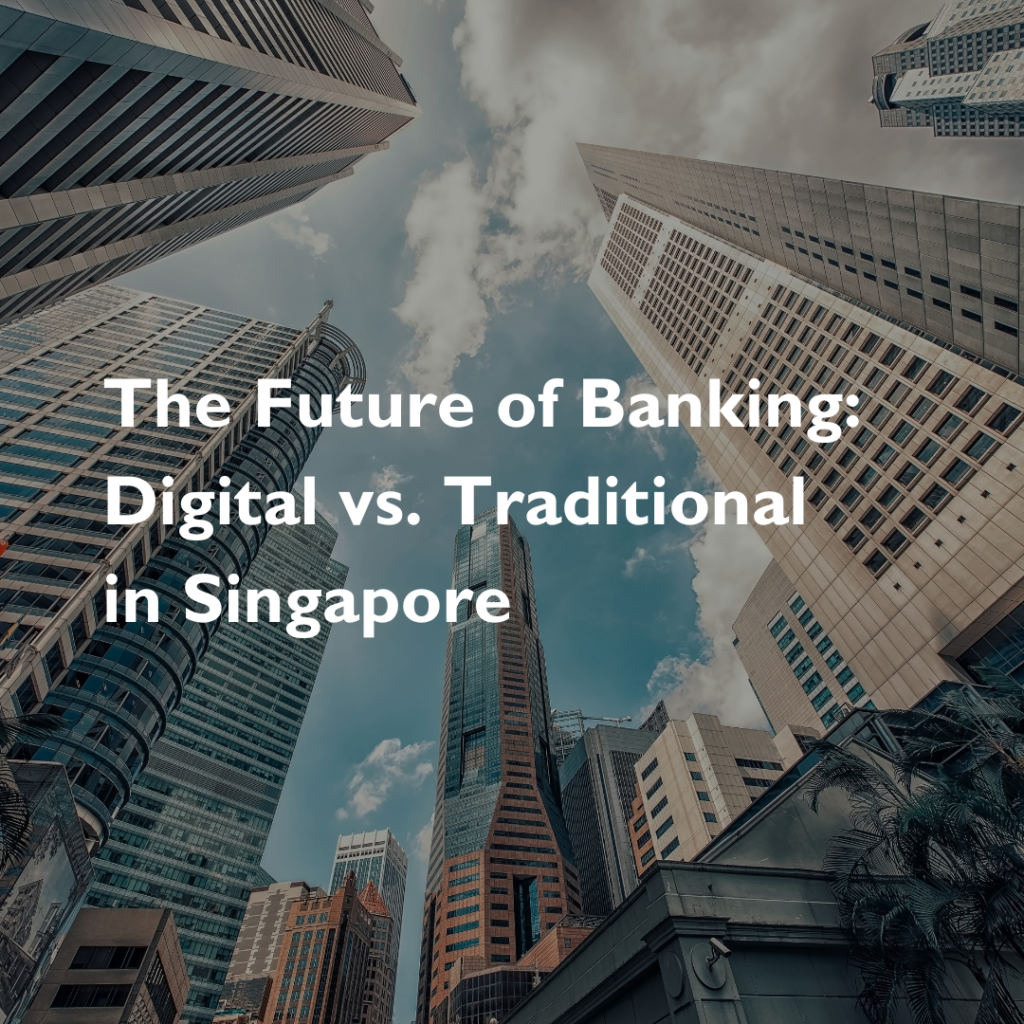

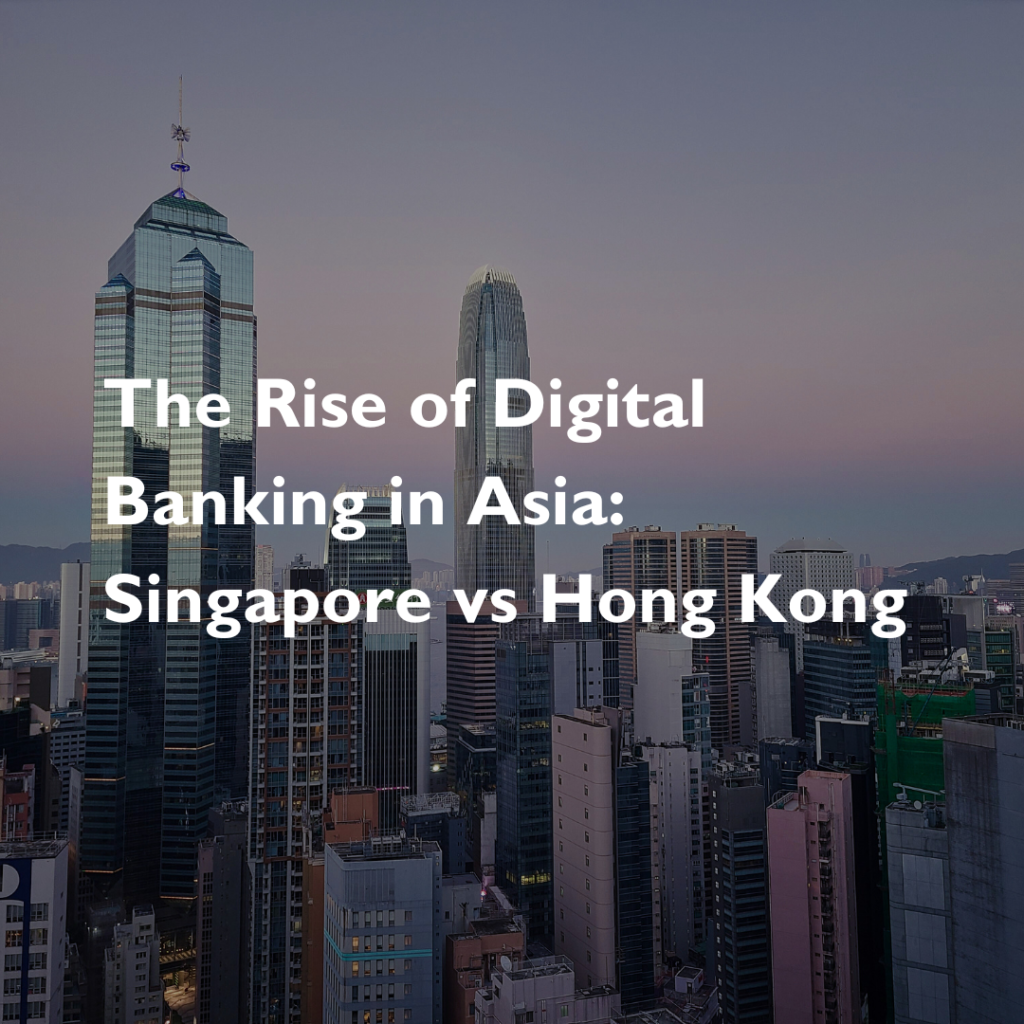










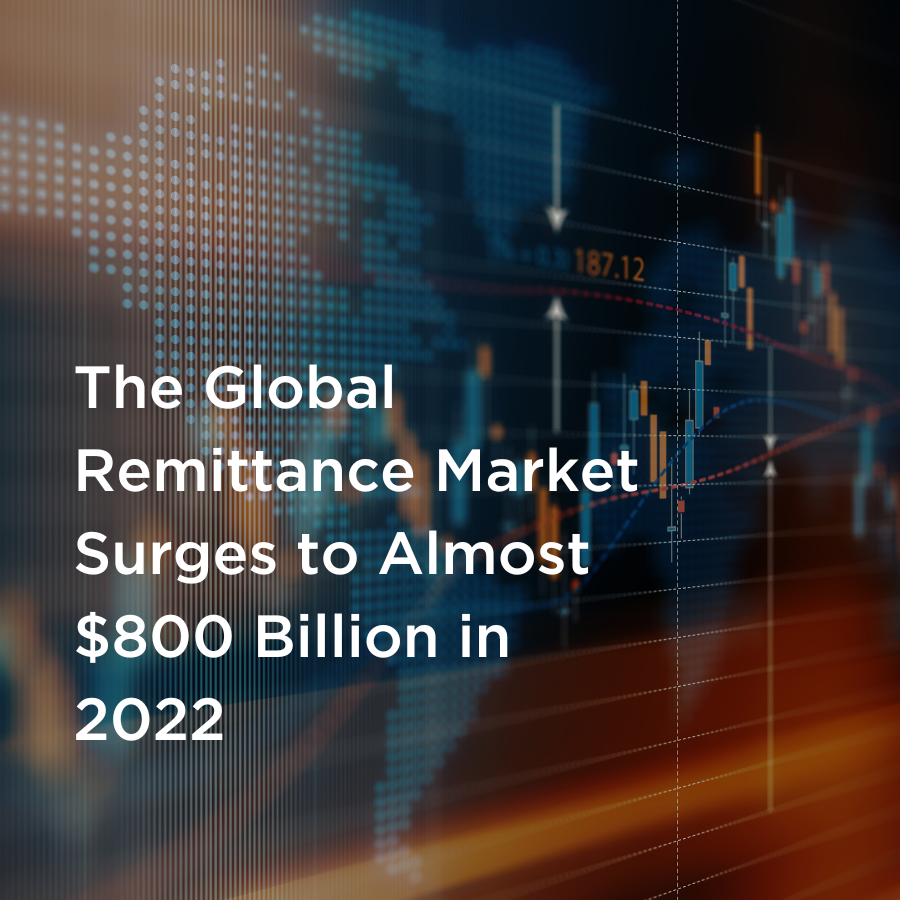





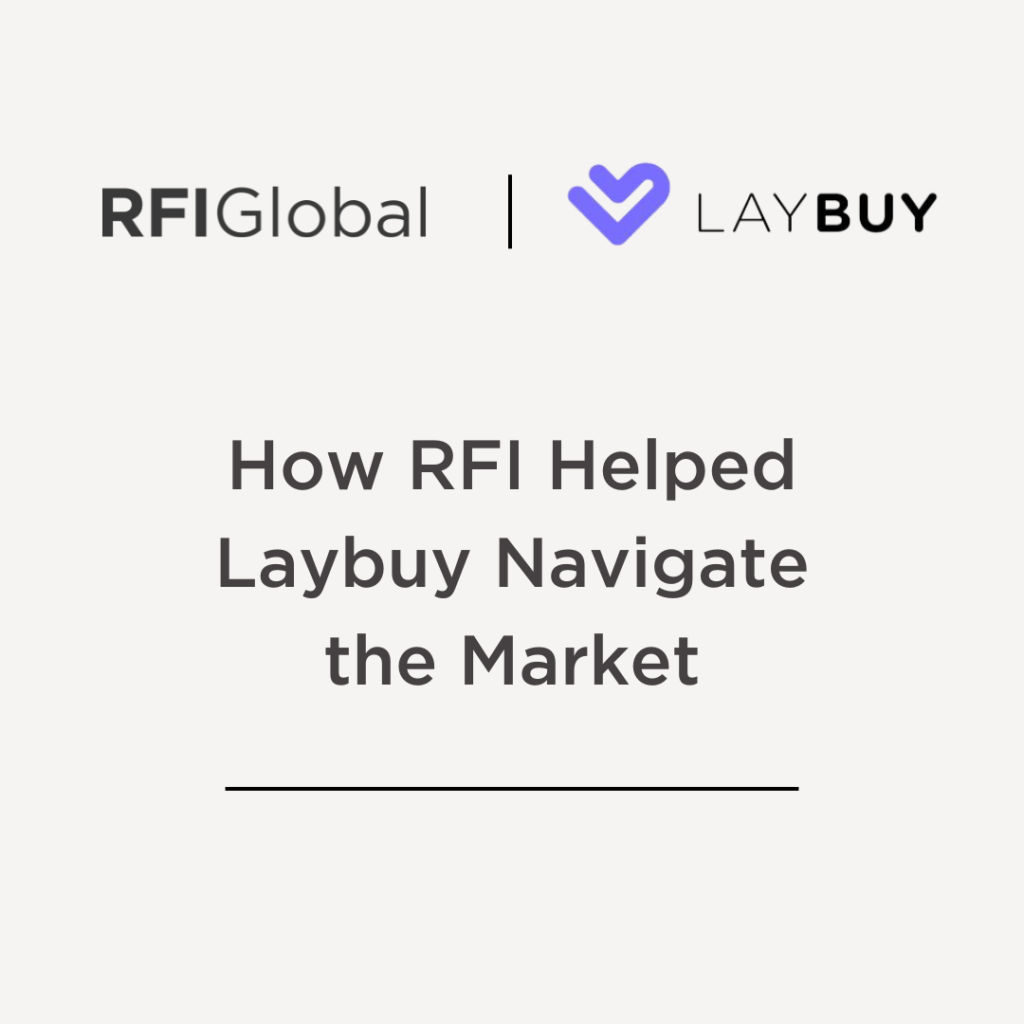
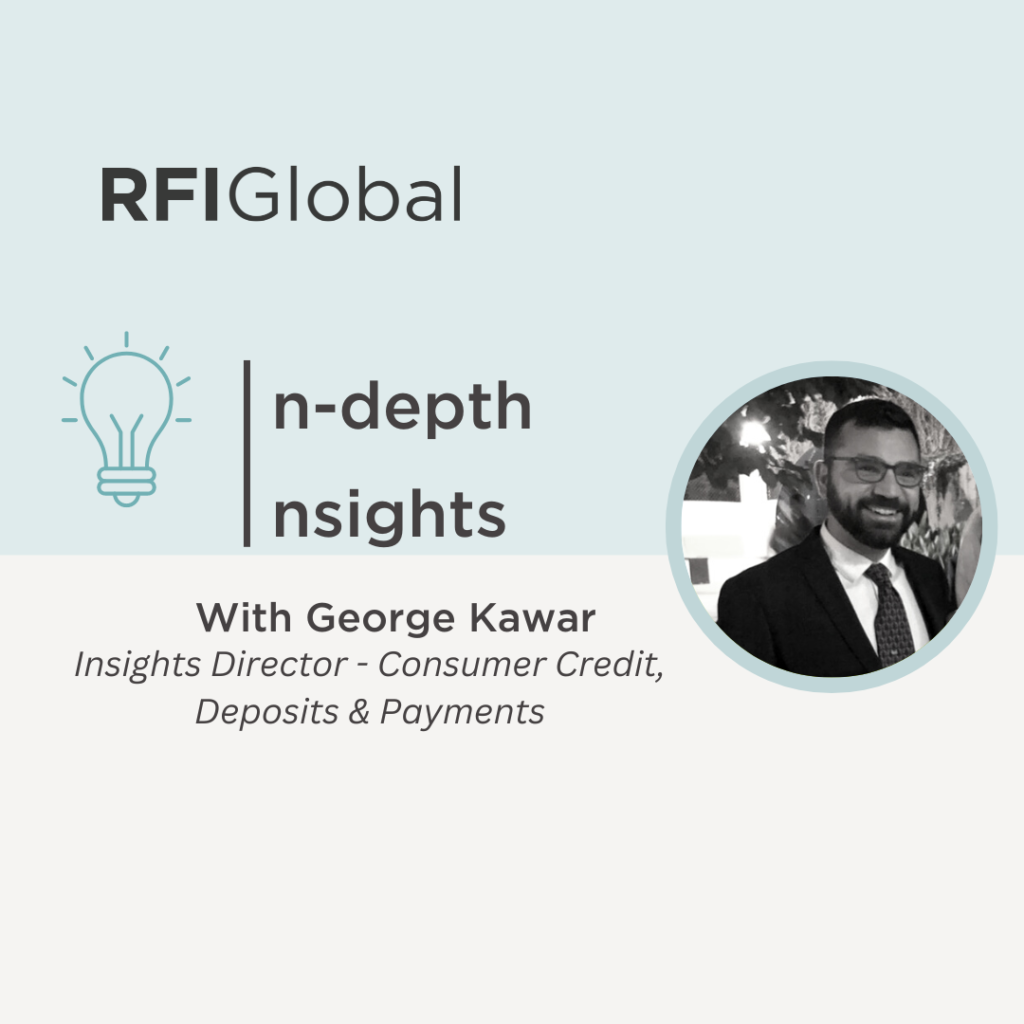


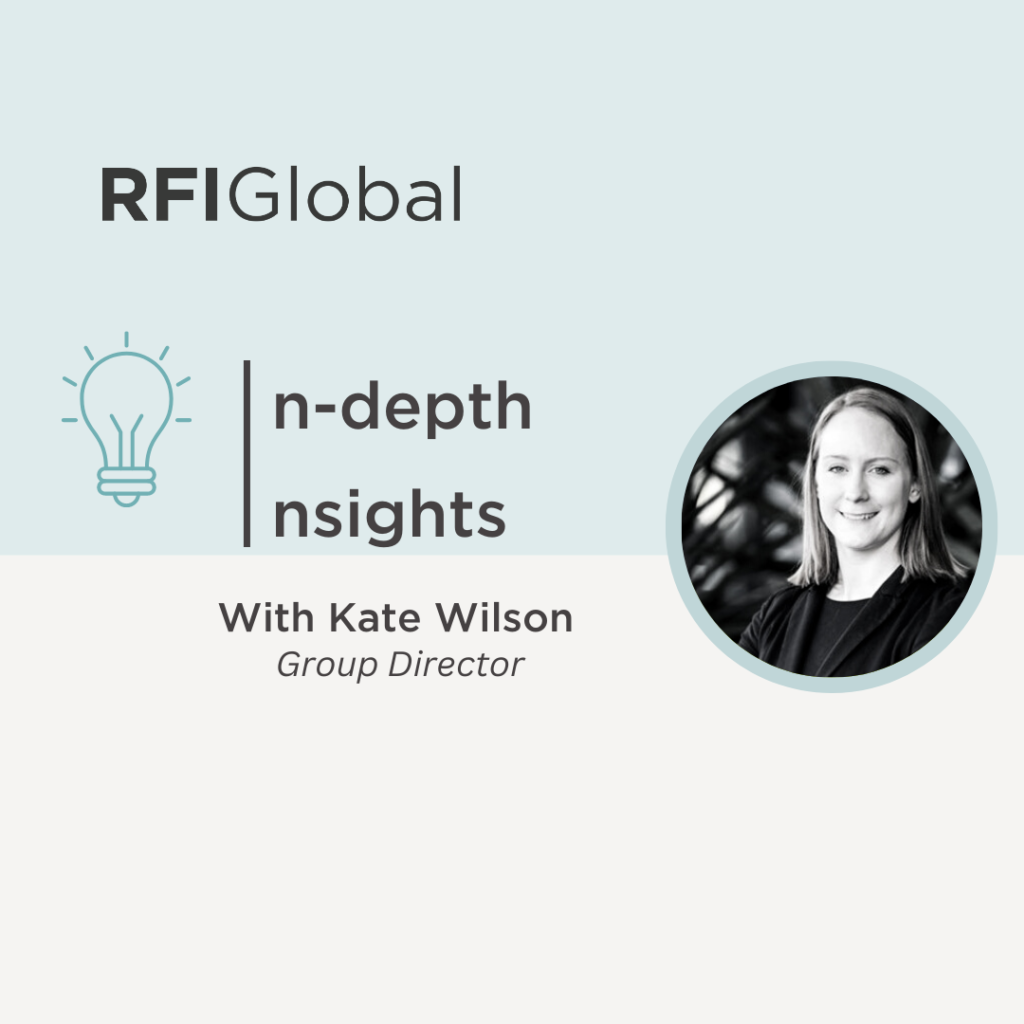







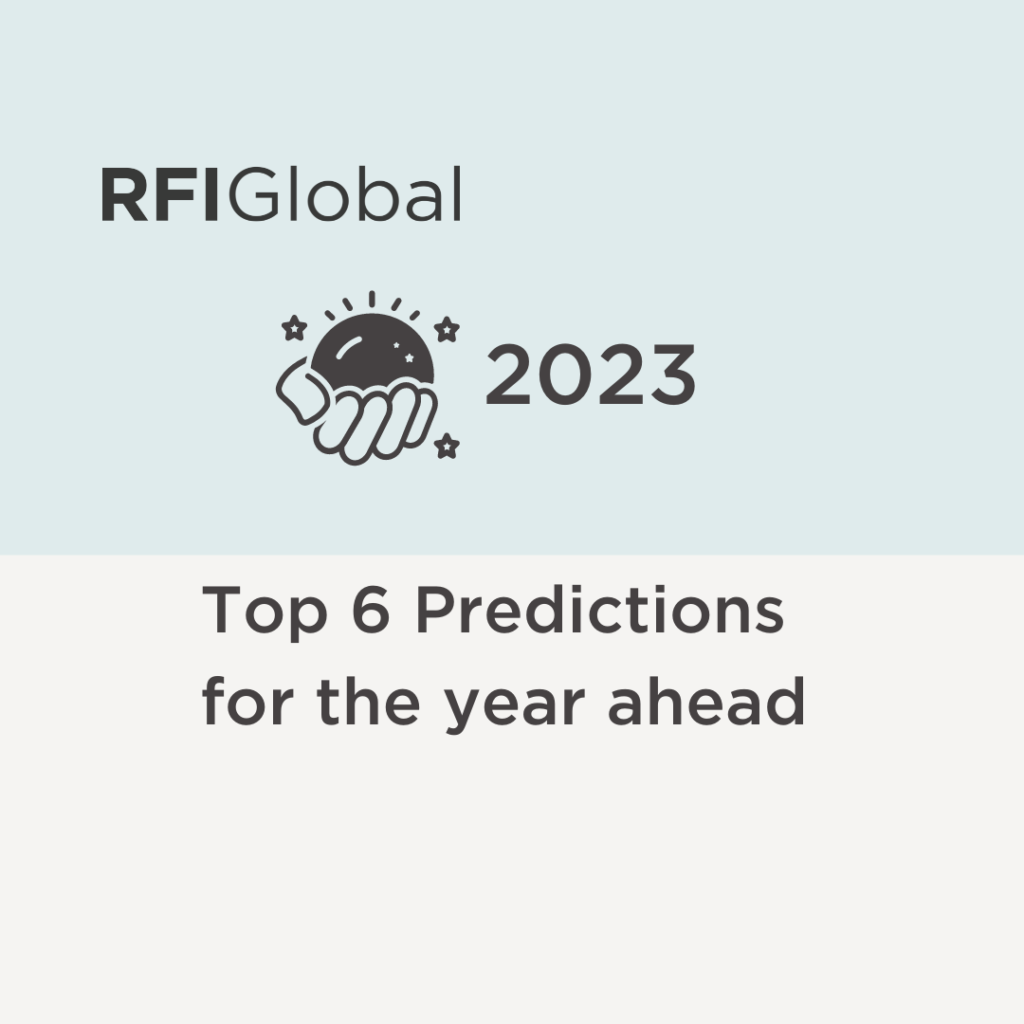
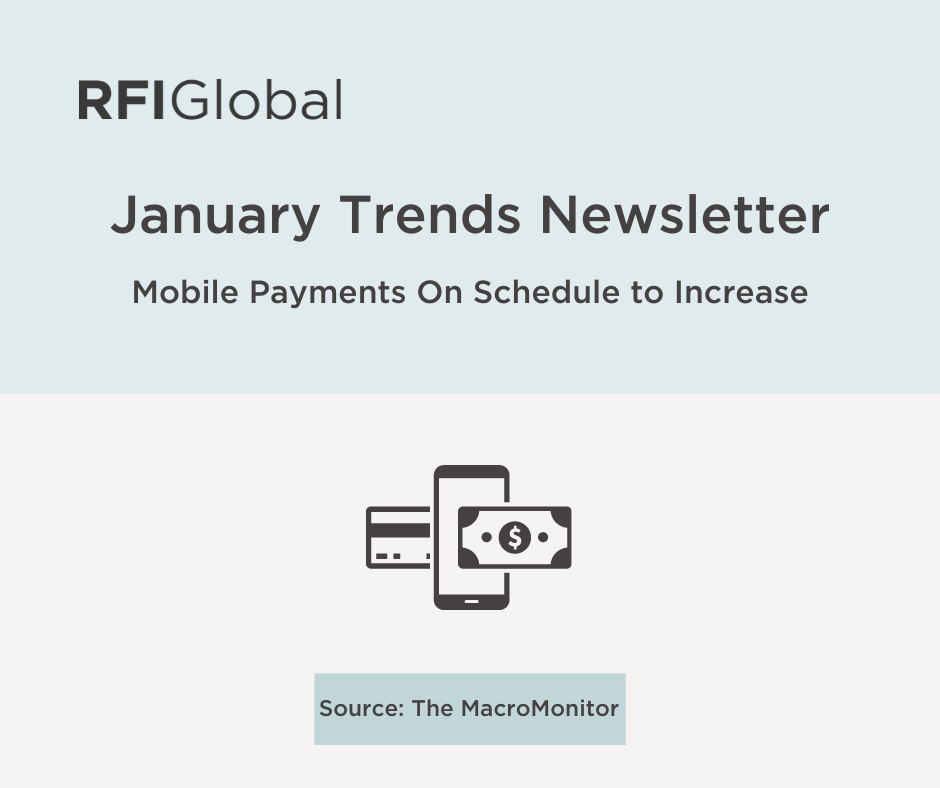








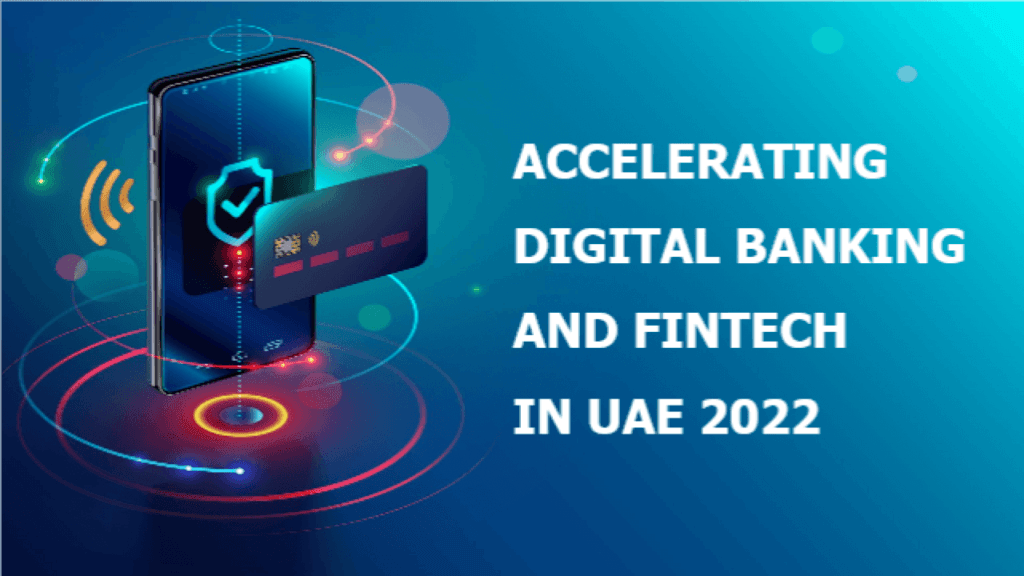




















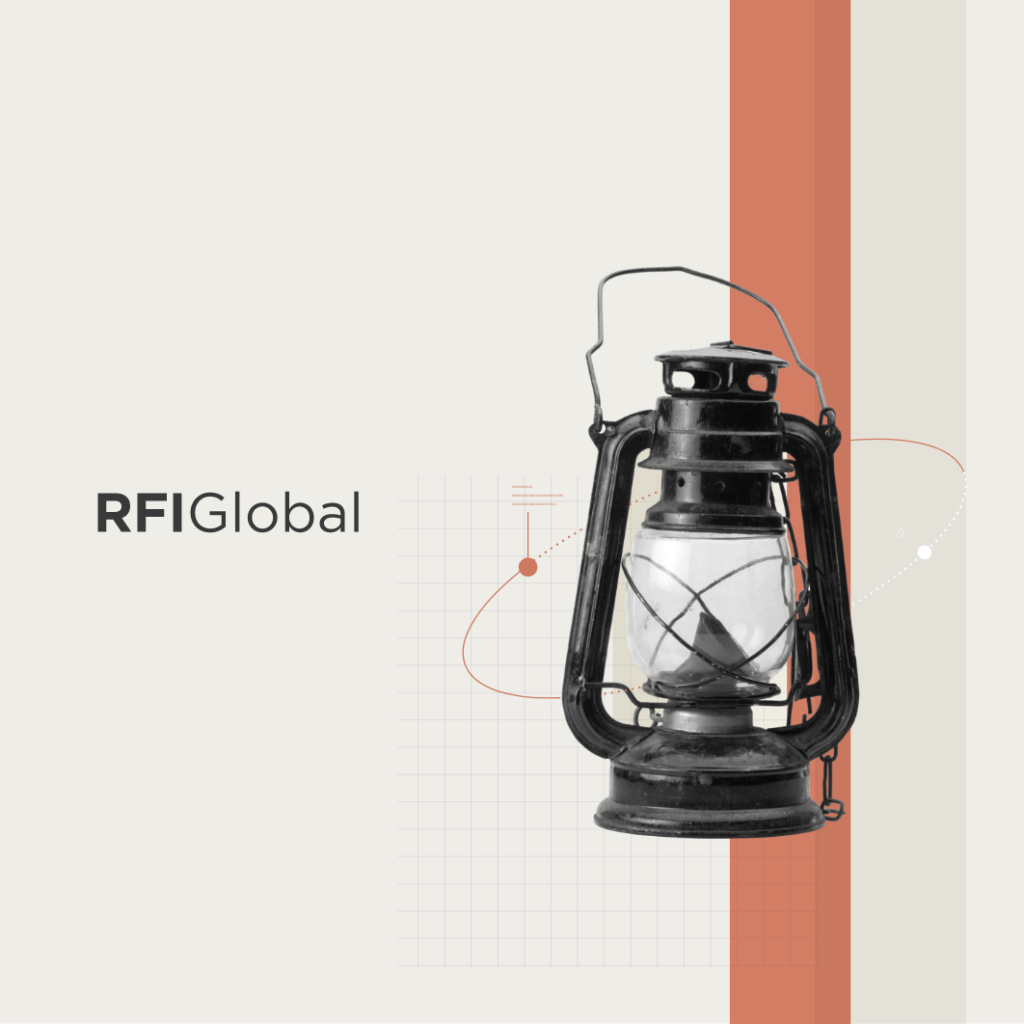
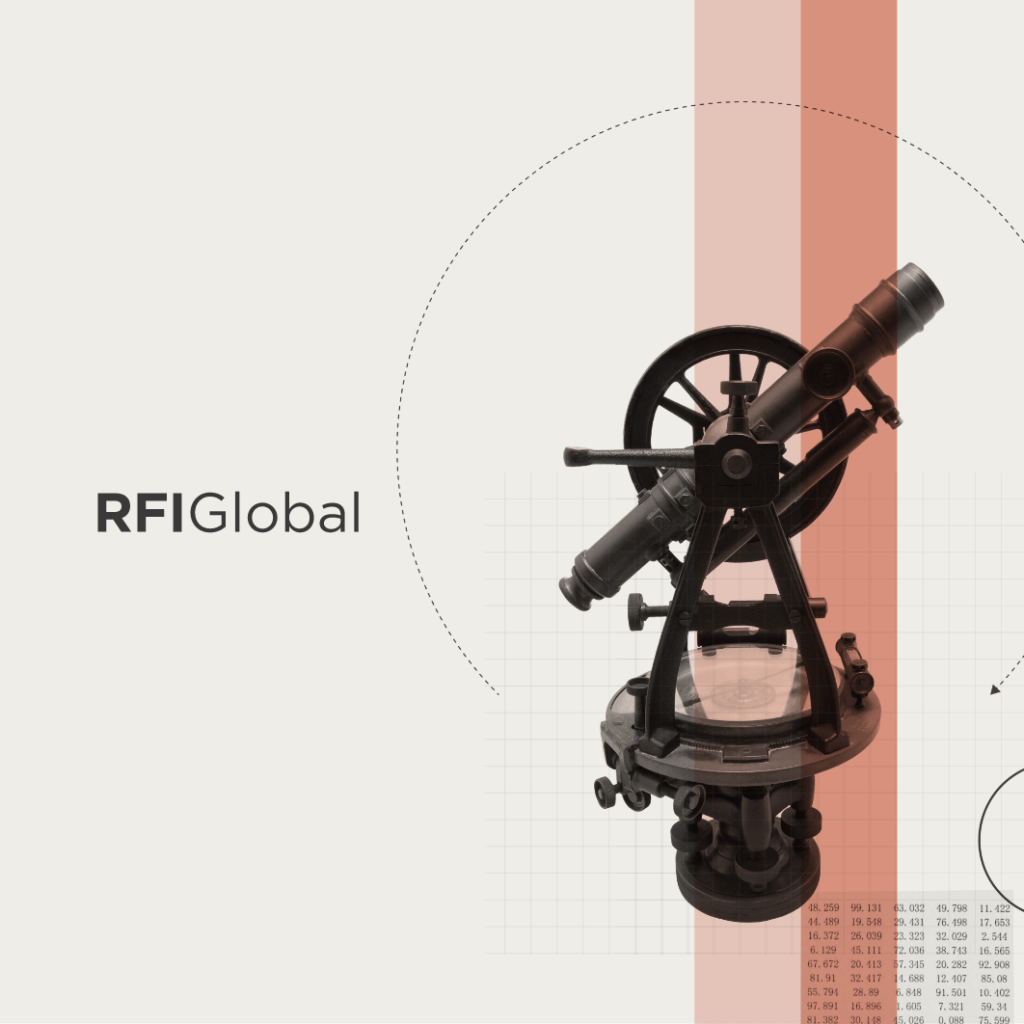
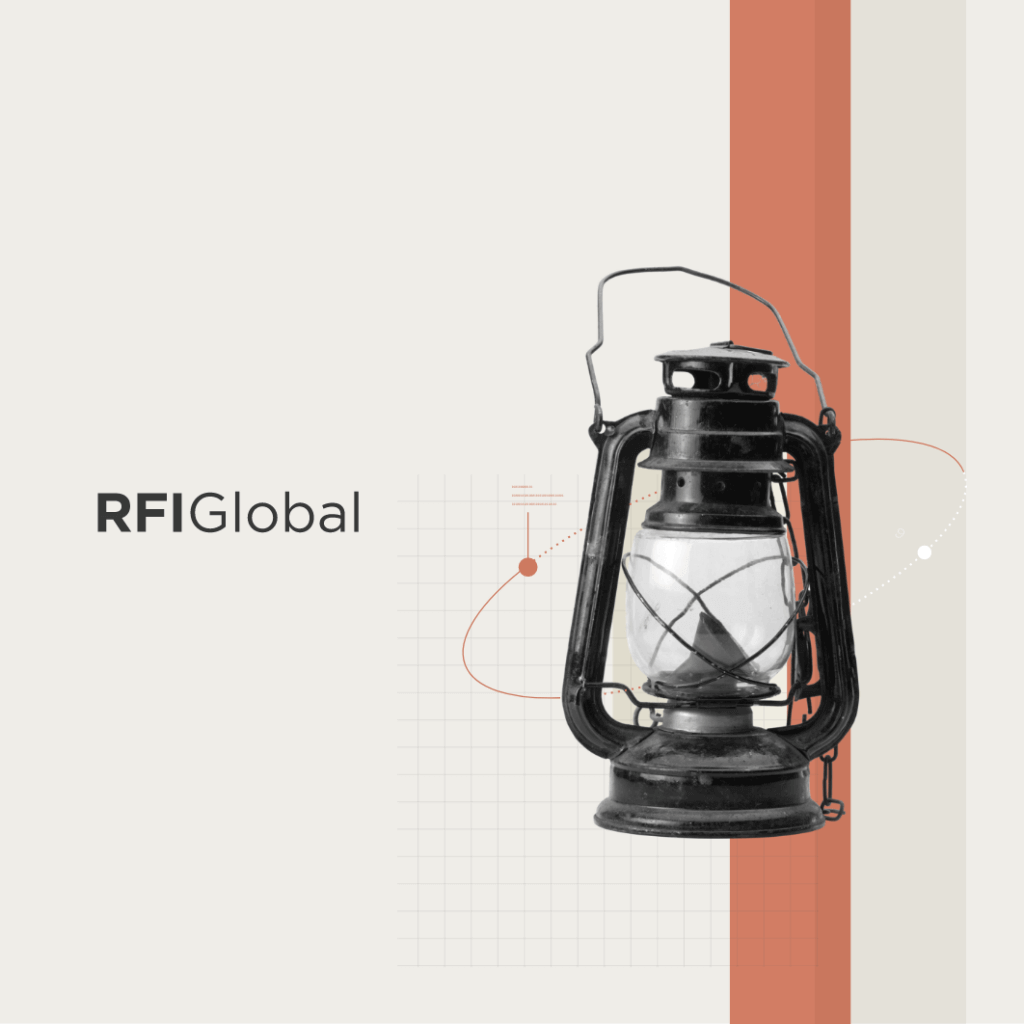
/NQA-ISO-27001-Logo-UKAS.jpg)